Comprehensive Guide to Antimicrobials and Disinfection in Veterinary Medicine
1/101
There's no tags or description
Looks like no tags are added yet.
Name | Mastery | Learn | Test | Matching | Spaced |
|---|
No study sessions yet.
102 Terms
Antimicrobials
Kill or inhibit the growth of microorganisms.
Antibiotic
A type of antimicrobial used interchangeably with antimicrobials.
Cidal
The suffix meaning to kill.
Static
The suffix meaning to inhibit replication, but not kill.
Goals of antimicrobials
The goal is to kill or inhibit the growth of microorganisms without killing the host (the animal).
Minimum inhibitory concentration (MIC)
A measurement of the bacteria's susceptibility to an antimicrobial; the lowest amount of a drug that is needed to inhibit growth of a bacteria.
Sensitive
If bacteria can be killed by a drug and it is within a tolerable amount by the animal.
Resistant
If concentrations of the drug would be too high for the animal to tolerate to kill the bacteria.
Culture and sensitivity test
A sample from the infected site should be sent off to a lab to perform this test.
Example of MIC
A strain of Staphylococcus bacteria may be highly sensitive to the antibiotic gentamicin BUT be quite resistant to penicillin.
Gram Positive and Negative
Categories of bacteria that antimicrobials can target.
Classes of Antimicrobials
Includes Antibiotic, Antifungal, Antiviral, Antiprotozoal, Antiparasitic.
Narrow-spectrum antibiotic
Drugs that act specifically on the gram-positive family or specifically on the gram-negative family of bacteria.
Broad-spectrum antibiotic
Drugs that act on both gram-positive and gram-negative bacteria.
Mechanisms of Antibiotics
Include inhibition of cell wall synthesis, damage to the cell membrane, inhibition of protein synthesis, interference with metabolism, and impairment of nucleic acids production.
Antibiotic Resistance
Occurs when bacteria change in some way that reduces or eliminates the effectiveness of the agent used to treat or prevent the infection.
Resistance
When a bacteria develops the ability to survive in the presence of an antimicrobial.
Antibiotic residues
The presence of a chemical or its metabolites in animal tissues or food products.
Concerns of Antibiotic Residues
Food-producing animals are of great concern because even low levels of these residues can cause allergic reactions in people or can produce resistant bacteria that can be transferred to the people who consume these products.
Broad Spectrum Antibiotic
An antibiotic that is effective against a wide range of infectious microorganisms.
Narrow Spectrum Antibiotic
Effective against only a limited range of organisms.
Penicillin's
One of the most commonly used groups of antimicrobials.
➢ Penicillin-G
➢ Ampicillin
➢ Amoxicillin
Aminoglycosides
➢ Bactericidal
➢ Work well against aerobic bacteria
➢ Not very well on anaerobic bacteria
➢ Work well on open skin
➢ Eliminated by the kidneys
\➢ Gentamicin
➢ Amikacin
➢ Neomycin
➢ Streptomycin
➢ Tobramycin
Clavamox
medicine that’s good for the bladder
Cephalosporins
➢ First generations of cephalosporins
⚫ work well on gram positive bacteria
➢ Second and third generations
⚫ work well on gram negative bacteria
➢ They are bactericidal
➢ They act very much like penicillin's
drugs:
➢ (Cefa-Tabs, Cefa-Drops)
➢ (Naxcel and Excenel)
➢ (Simplicef)
➢ cephalexin (Keflex
Tetracyclines
Bacteriostatic antibiotics mainly used for rickettsial infections. causes yellow permanent teeth
Bacitracin
Primarily against gram positive bacteria and popular as topical medication for skin, mucous membranes, and ocular surfaces.
Feed additive to control intestinal
pathogens in large animals
➢ Caution-toxic to kidney
Clavulanic acid
Added to amoxicillin to produce Clavamox, helping with bacteria that are resistant to amoxicillin alone.
Precautions with penicillin's
Allergic reactions are the most common, with symptoms ranging from a rash to anaphylactic shock.
Cephalosporins Precautions
A potential for allergic reactions exists, not as severe as penicillin.
Aminoglycosides Precautions
Nephrotoxic and ototoxic, with potential for deafness or loss of equilibrium.
Tetracyclines Precautions
Bind to calcium and can cause yellow teeth if given while the teeth are developing.
Penicillin-G
A type of penicillin used in treatment.

Ampicillin
A type of penicillin used in treatment.
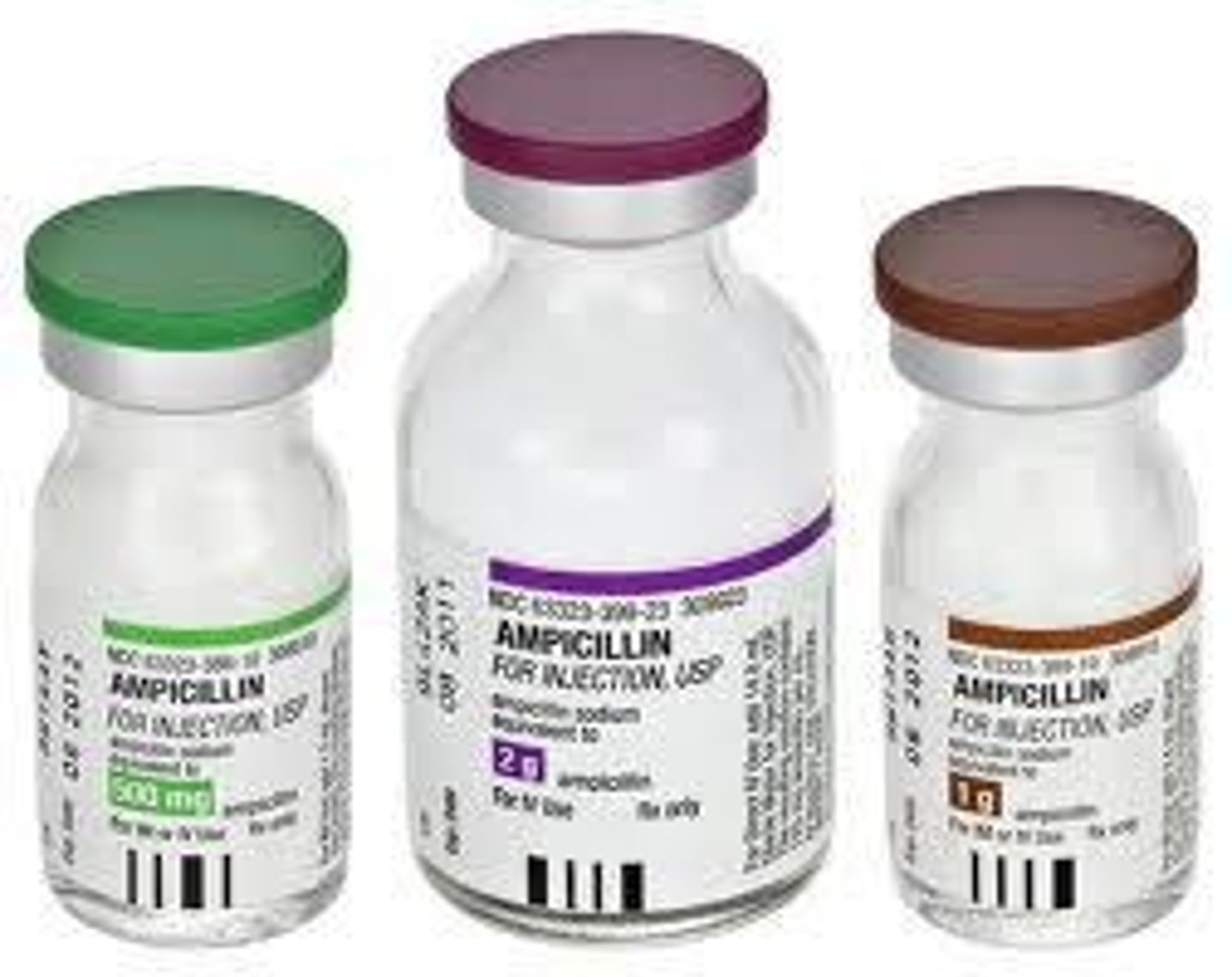
Amoxicillin
A type of penicillin used in treatment.
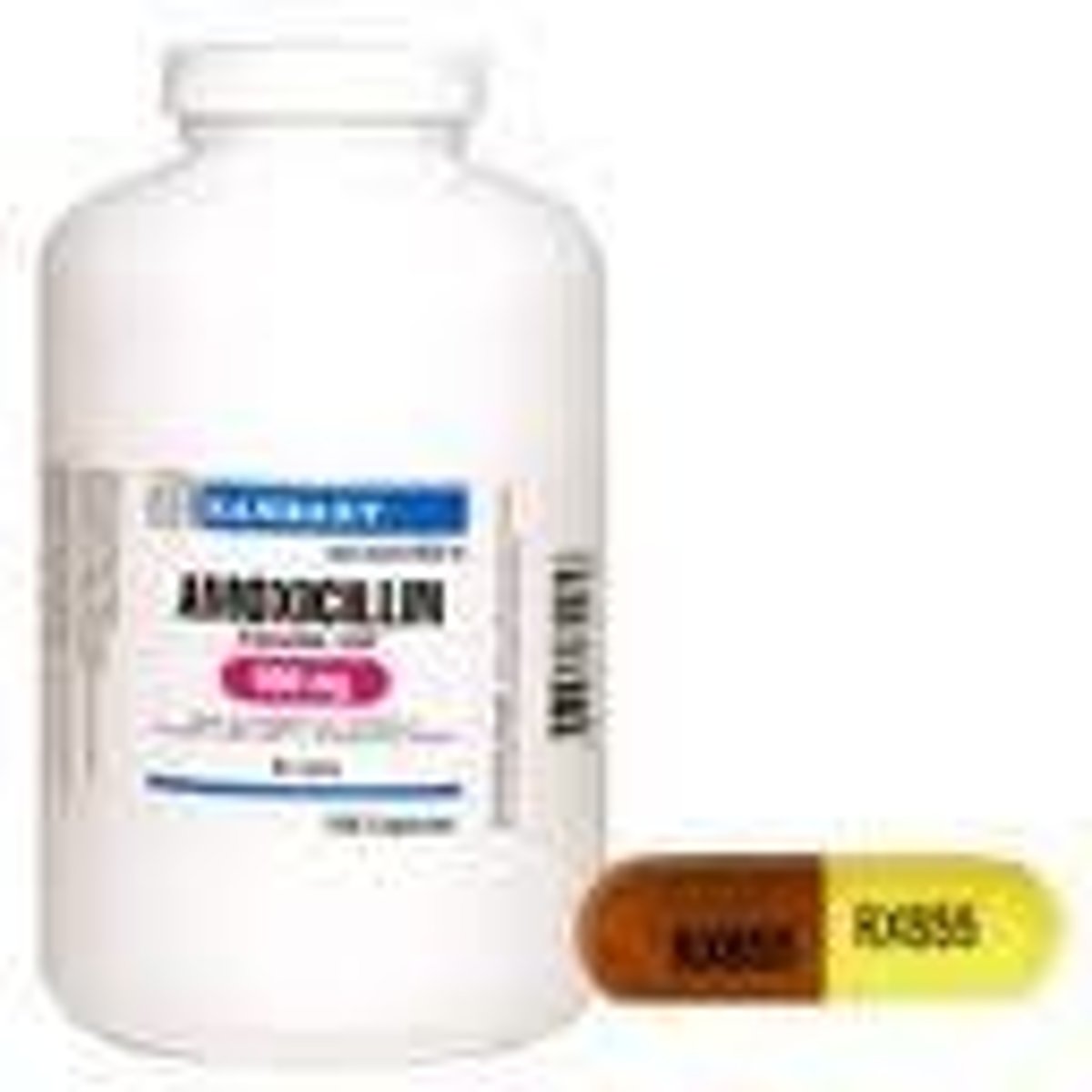
Gentamicin
An aminoglycoside antibiotic.
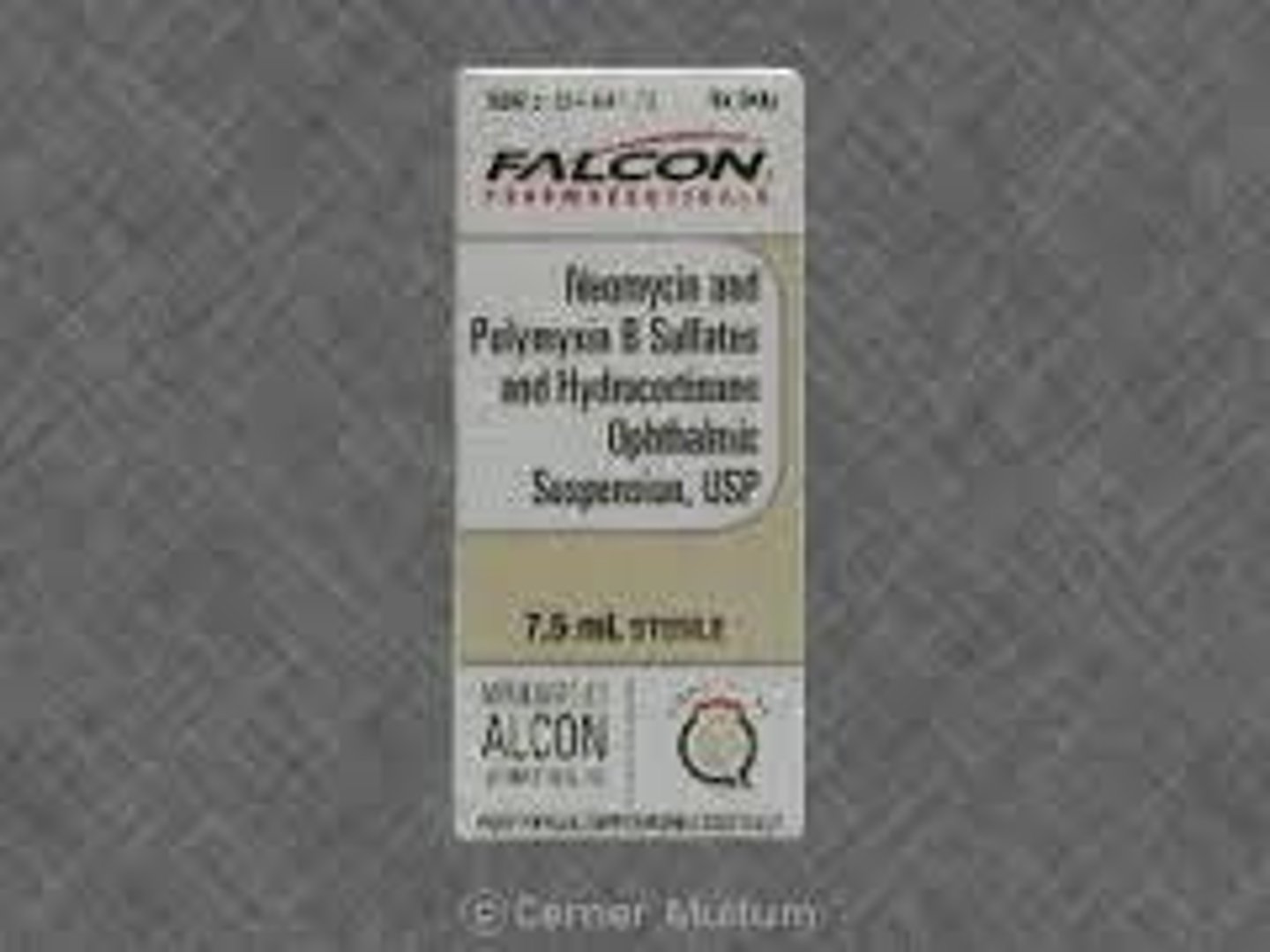
Amikacin
An aminoglycoside antibiotic.
Neomycin
An aminoglycoside antibiotic.
Streptomycin
An aminoglycoside antibiotic.
Tobramycin
An aminoglycoside antibiotic.

Superinfections
Can occur in the gut due to the use of tetracyclines.
Chloramphenicol
Bacteriostatic; can be bactericidal at higher doses.
Macrolides
Bacteriostatic; often used as penicillin substitutes since they act very similarly.
Erythromycin
Zithromax for humans.
Tylosin
Tylan.
Lincosamides
Lincomycin (Lincocin) and clindamycin (Antirobe).
Sulfonamides
Not used as an antimicrobial; used for its anti-inflammatory action on the intestines.
KCS
Keratoconjunctivitis sicca, a condition caused by sulfonamides in dogs.
Pruritus
Itching that can be caused by sulfonamides.
Facial swelling
A potential allergic reaction to sulfonamides.
Hives
A skin reaction that can occur with sulfonamide use.
Allergic reactions
Reactions that can occur in large breeds and people due to sulfonamides.
Liver dysfunction
A possible side effect of sulfonamide use.
Thrombocytopenia
A condition that can occur as a side effect of sulfonamides.
Leukopenia
A decrease in white blood cells that can result from sulfonamide use.
Anemia
A potential side effect of sulfonamide use.
Crystalluria
The presence of crystals in urine, a possible effect of sulfonamides.
Salivation in cats
A side effect associated with sulfonamide use.
Quinolones
Also called fluoroquinolones, they are bactericidal antibiotics effective against gram-negative and gram-positive bacteria.
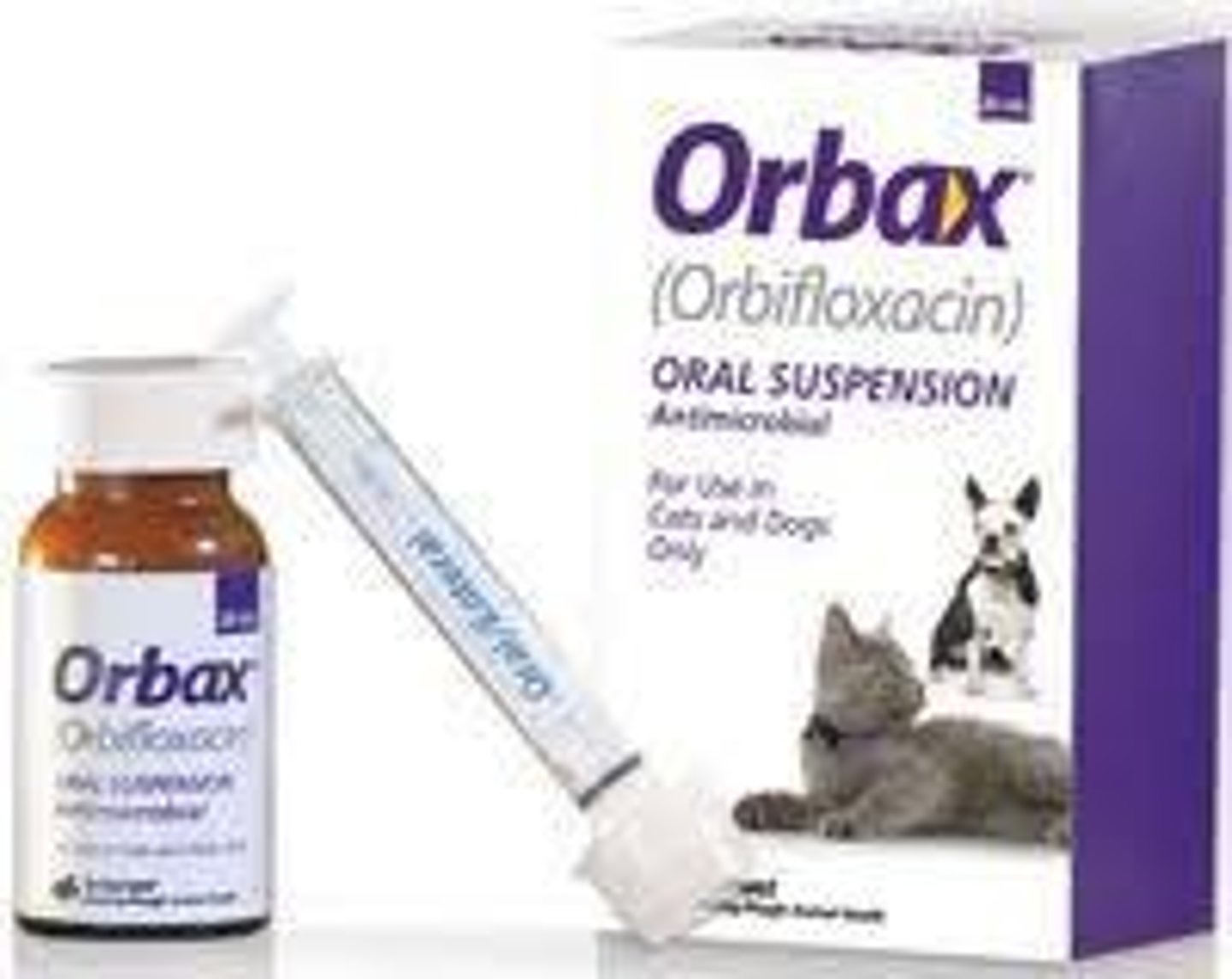
Enrofloxacin
A type of quinolone antibiotic, also known as Baytril.
Marbofloxacin
A type of quinolone antibiotic, also known as Zeniquin.
Orbifloxacin
A type of quinolone antibiotic, also known as Orbax.
Ciprofloxacin
A type of quinolone antibiotic.
Cartilage damage
A potential risk of using quinolones in growing animals.
Sucralfate
Quinolones should not be used within 4 hours of this medication.
Nitrofuran's
A class of antibiotics used to treat urinary tract infections and kennel cough.
Furazolidone
A type of nitrofuran antibiotic.
Nitrofurazone
A type of nitrofuran antibiotic.
Nitroimidazone
A class of antibiotics used to treat Giardia, Trichomonas, amoebiasis, and anaerobic bacteria.
Metronidazole
Also known as Flagyl, it is the drug of choice for canine diarrhea.
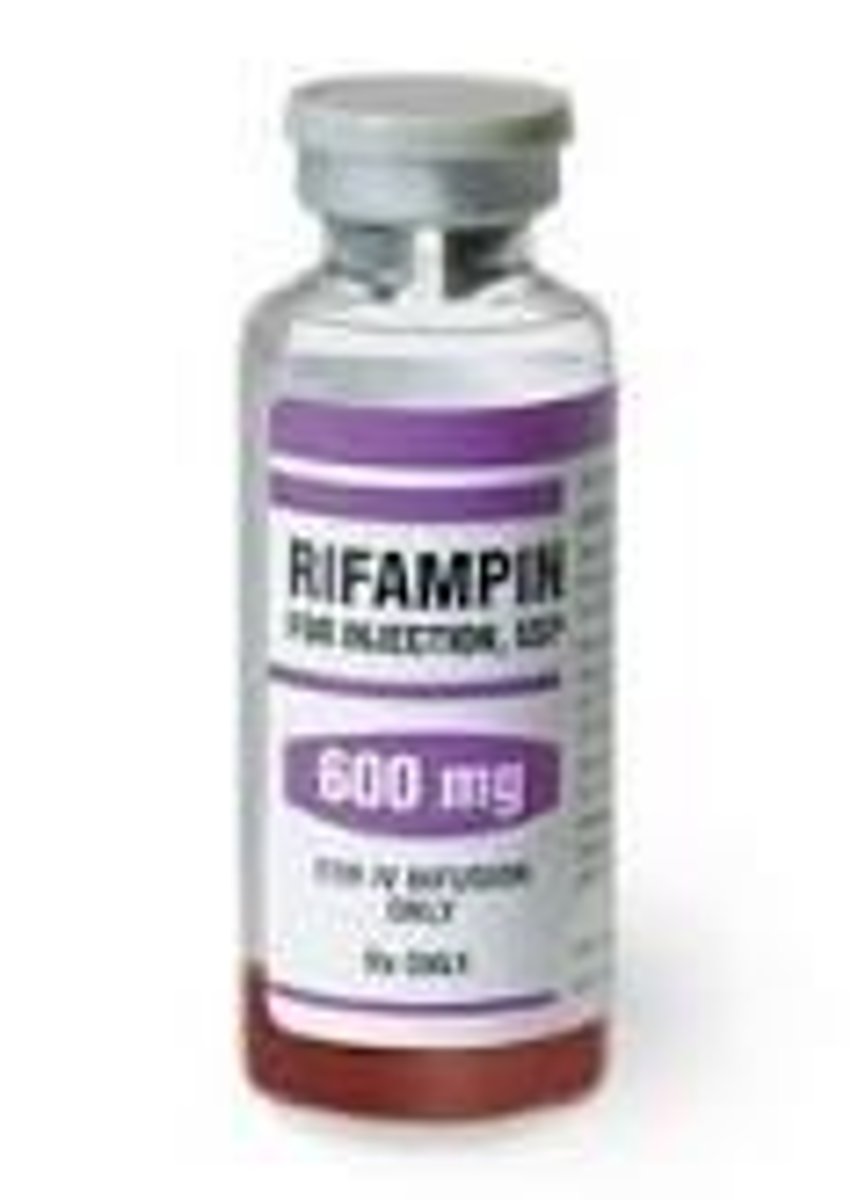
Neurologic side effects
Possible effects of nitroimidazone, including loss of balance and seizures.
Rifampin
An antibiotic that can be used for some staph and fungal infections.
Antifungal
Medications that target fungal infections, divided into mold and yeast groups.
Amphotericin B
An antifungal effective against most deep mycoses but can cause nephrotoxicosis.
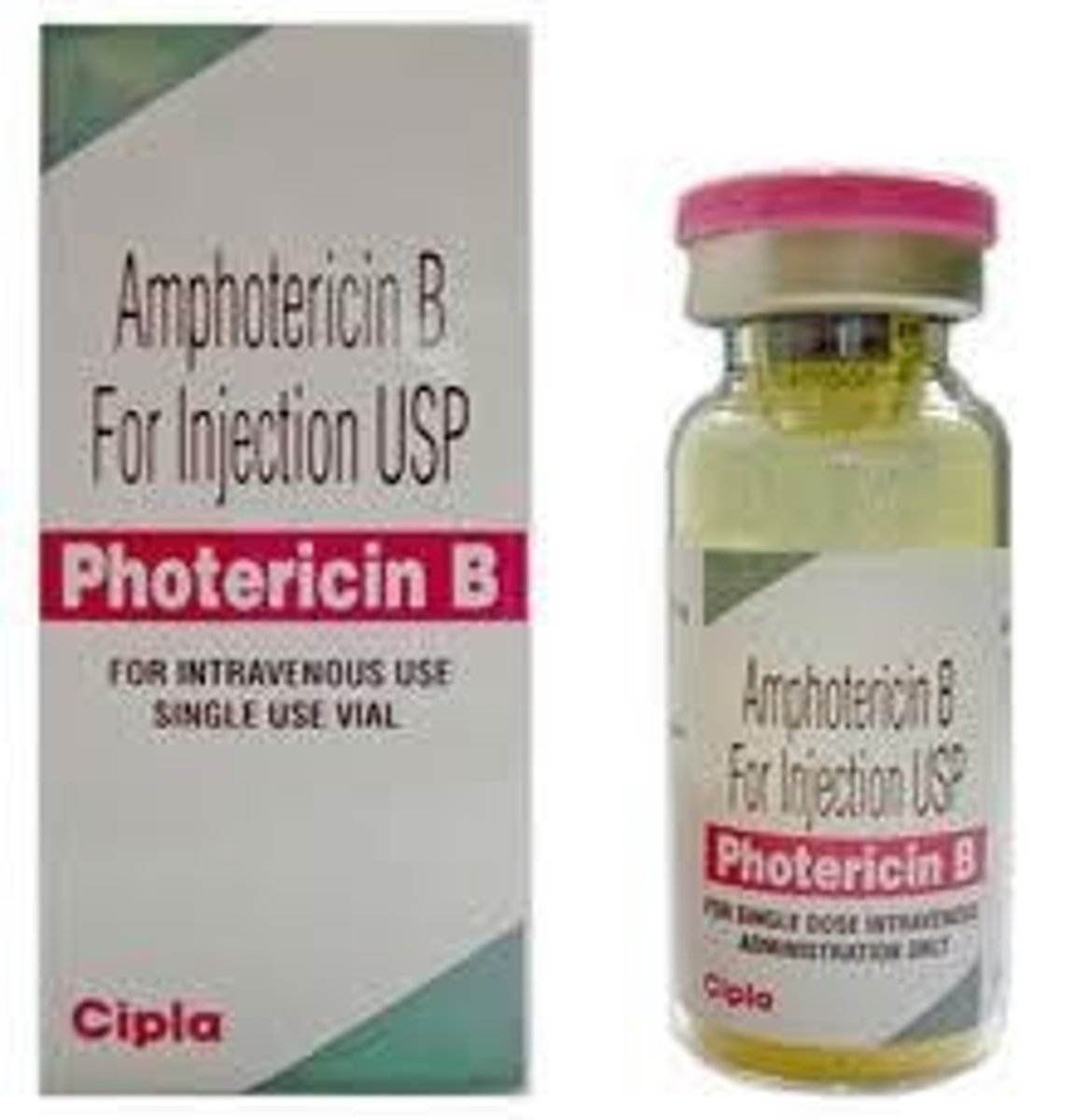
Azoles
A class of antifungals that includes ketoconazole, itraconazole, and fluconazole.
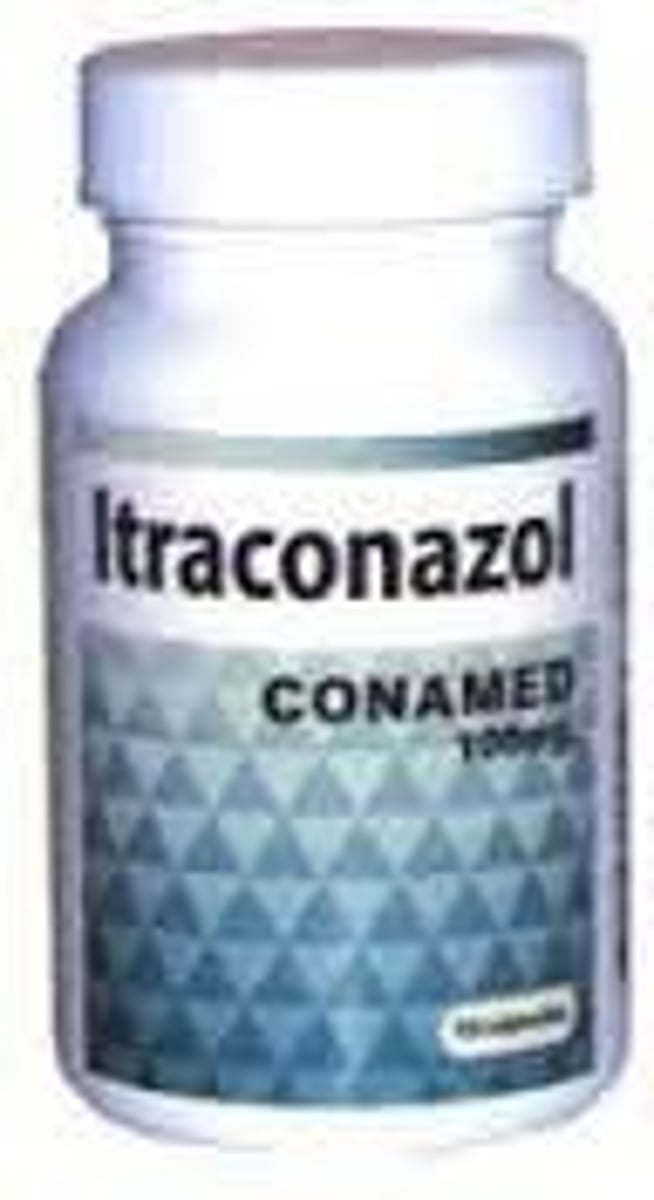
Griseofulvin
An antifungal used to treat ringworm, toxic in cats, and teratogenic.
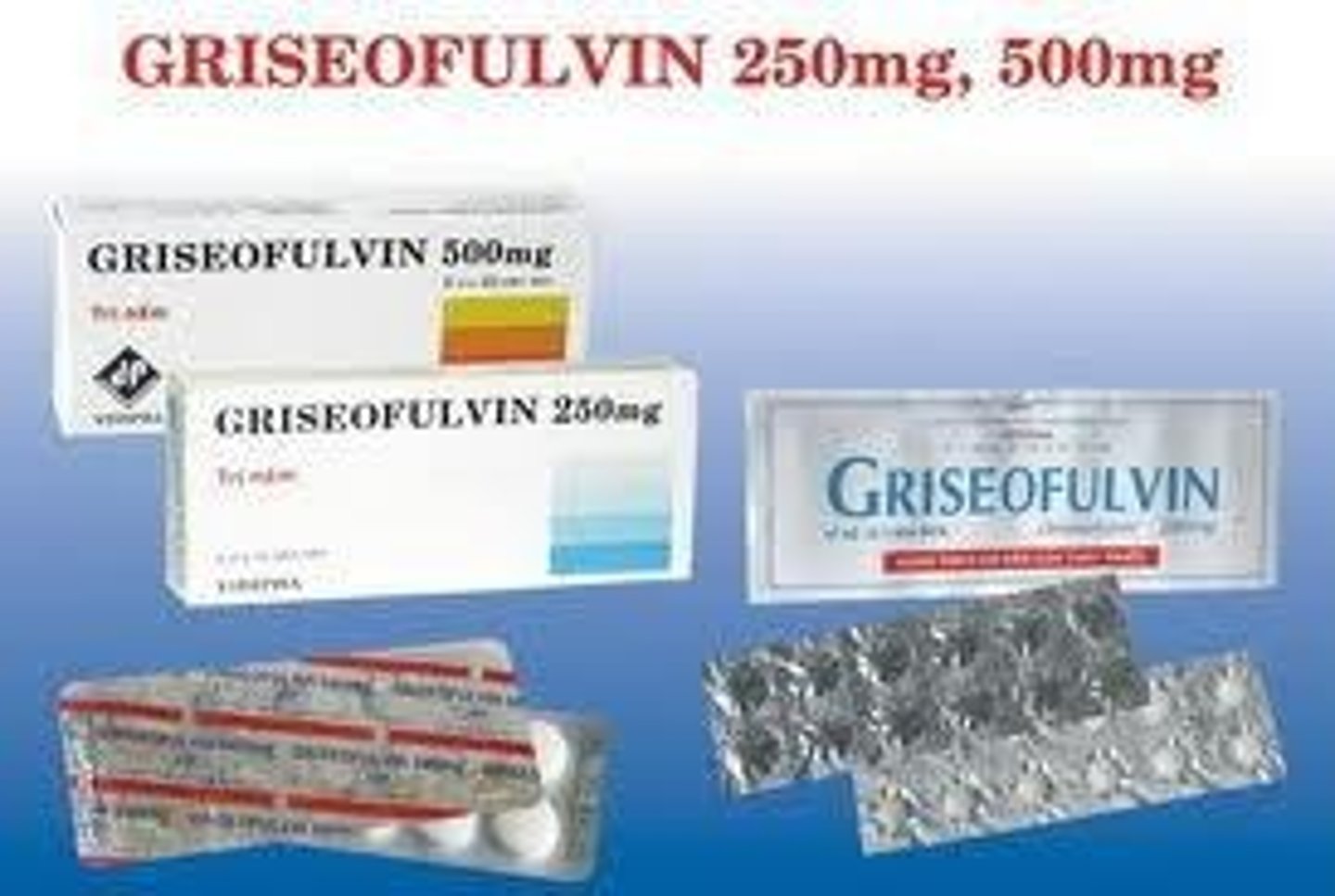
Disinfection
The destruction of pathogenic microorganisms to prevent disease spread.
Nosocomial infections
Infections acquired during a hospital stay, often involving resistant bacteria.
Germicide
a chemical that kills microorganisms
Bactericidal
a chemical that kills bacteria
Chloramphenicol
used for eye and CNS problems
nystagmus
shaking of the eyes
Virucidal
a chemical that kills viruses
Fungicidal
a chemical that kills fungi
Sporicidal
a chemical that kills endospores, which are especially resistant to chemicals
Tuberculocidal
a chemical that kills Mycobacterium tuberculosis
Antiseptics
kill or inhibit growth of microorganisms on living tissue
Disinfectants
do the same thing just on inanimate objects
Sanitizers
reduce the number of microbes to a safe level
Sterilizers
kill all microorganisms
Factors for selecting disinfectant
1) The type of microorganism 2) The environment in which the disinfectant will be used 3) The characteristics of the disinfectant
Phenols
in a lot of products
Lysol
a product containing phenols
Pine oil
a product containing phenols
Quaternary ammonium compounds
not very effective against anything and become ineffective totally with organic material, soap, and hard water
Aldehydes
Glutaraldehyde-kill fungi and bacteria within a few minutes and endospores in about three hours
Glutaraldehyde
used for a chemical sterilization (takes 15 minutes)
Formaldehyde
extreme toxicity and classification as a carcinogen
Alcohols
ethyl and isopropyl are the most common types of antiseptics used
Halogens
Iodine commonly used as topical antiseptics